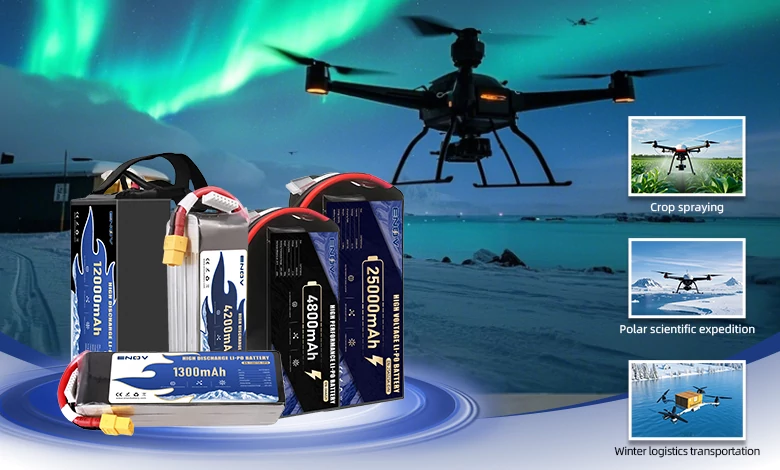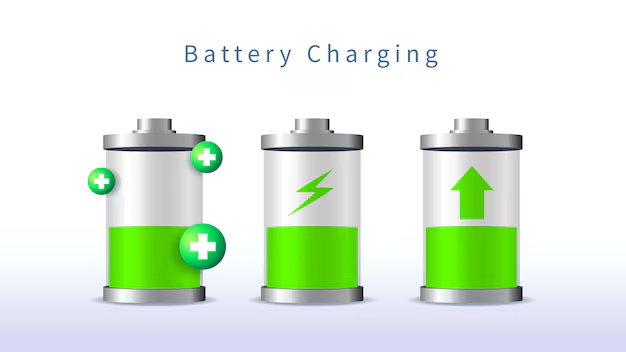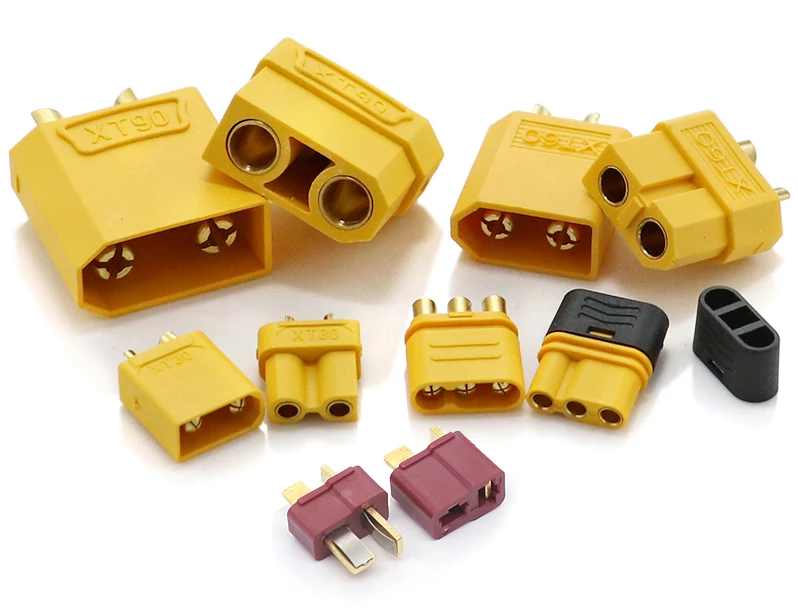Guidelines for Warehouse Management of Drone Lithium Batteries (Business Edition)

ENOV High-Energy drone batteries power industrial and commercial drones. Delivering 220–320 Wh/kg energy density, they enable long flight times (30+ mins) and support fast charging (2C). Perfect for aerial photography, surveillance, and delivery drones.
For enterprises or warehousing institutions that need to store drone lithium batteries in bulk, scientific warehouse management can not only reduce safety risks, but also extend battery life and improve management efficiency. The following are the core points for large-scale storage:
1. Strict Control of Storage Environment
1.1 Temperature Control
Lithium batteries are extremely sensitive to temperature, and the storage environment temperature must be stabilized at 15-25℃ (avoid being lower than 0℃ or higher than 60℃). It is recommended to install an intelligent temperature control system to monitor and adjust the temperature in real time. Keep away from heating systems, stoves, and direct sunlight to prevent battery swelling, fire caused by high temperatures, or performance degradation due to low temperatures.
1.2 Humidity Management
The relative humidity should be controlled between 30% and 60%. Excessively high humidity may cause corrosion and short circuits of battery metal components, while excessively low humidity may lead to cracking of the outer shell. Dehumidifiers, humidifiers and other equipment should be equipped, and regular calibration should be carried out to ensure that the humidity meets the standard.
1.3 Ventilation and Fire/Explosion Prevention
Warehouses must be equipped with sufficient ventilation openings or forced ventilation equipment to timely discharge flammable gases that may be released by batteries. Equip with explosion-proof electrical appliances and automatic fire extinguishing systems (such as dry powder or gas fire extinguishers; water-based fire extinguishers are strictly prohibited), and place fire sand and fire blankets in prominent positions.
1.4 Anti-static and Light Avoidance
Use anti-static shelves and ground materials to prevent short circuits caused by static electricity. Warehouses should be designed to avoid light, or use shading curtains to block direct sunlight, so as to reduce the risk of battery overheating.
2. Storage Specifications and Classification Management
2.1 Detailed Classification and Storage
Classify by battery model, capacity, newness, and brand, and distinguish them with clear labels (such as “New Battery Area”, “To-be-Inspected Area”, “Scrap Area”). New and old batteries, as well as batteries of different brands, are strictly prohibited from being mixed to prevent mutual influence on performance.
2.2 Safe Packaging and Placement
Single batteries should be sealed with original packaging or anti-static bags; for bulk storage, use fire-proof and explosion-proof cabinets or special battery storage boxes, and the number of batteries stored in each cabinet/box shall not exceed the safety limit (refer to the total battery capacity to avoid excessive density).
Batteries should be placed upright, with stacking no more than 3 layers. A gap of at least 5cm should be reserved between layers and between batteries to ensure heat dissipation and avoid extrusion short circuits.
2.3 Control of Inbound and Outbound Processes
Before inbound: Check the battery model, production date, and shelf life, inspect the appearance (no bulging, leakage, or damage), and test the voltage with professional equipment (3.7-4.2V per cell). Abnormal batteries are rejected for inbound and marked separately for disposal.
Before outbound: Verify order information, record the outbound time and destination, and handle with care during transportation to avoid collision and extrusion.
3. Status Monitoring and Maintenance Mechanism
3.1 Regular Inspection
Conduct a full inspection of battery appearance monthly (focusing on bulging, leakage, and cracking); test the voltage with professional equipment every 2 weeks to ensure that the voltage of each cell is maintained at 3.7-3.85V (the optimal range for long-term storage).
Establish a “battery file” to record the inbound time, inspection results, charge-discharge records, etc., of each batch of batteries for easy traceability.
3.2 Power Management
For long-term storage (more than 1 month), the battery power should be maintained at 30%-60% (corresponding to 3.7-3.85V per cell), avoiding full charge or complete discharge. Perform charge-discharge maintenance every 3 months to prevent performance degradation.
3.3 Scrap Disposal
Batteries with bulging, leakage, abnormal voltage, or severely degraded performance should be immediately isolated in the “scrap area” and handled by professional recycling agencies with qualifications. It is strictly prohibited to discard, disassemble, or mix them with ordinary garbage.
4. Safety System and Emergency Preparedness
4.1 Personnel Training
Warehousing personnel must pass special training to master the characteristics of lithium batteries, storage specifications, the use of fire-fighting equipment, and emergency handling procedures. It is clearly prohibited to smoke, use open flames, or perform operations that may generate sparks in the warehouse.
4.2 Emergency Plan
Formulate detailed emergency procedures for fires and leaks, and organize regular drills. In case of battery fire, immediately activate the fire extinguishing system (use dry powder fire extinguishers), evacuate personnel, block air circulation, and avoid inhaling toxic fumes.
4.3 Compliance Management
Strictly abide by regulations such as the Regulations on the Management of Hazardous Chemicals and Specifications for Air Transport of Lithium Batteries. International transportation must meet the requirements of UN38.3 certification, and compliance documents should be regularly checked and updated.
Quick inquiry
Drop us a line, and we’ll get back to you within 24 hours.

Ariana Yuan
Digital Operations Manager
Website Planning|Marketing Project Management for Drone Batteries|Scheduled Content Refresh|SEO Optimization

Ariana Yuan
Digital Operations Manager
Website Planning|Marketing Project Management for Drone Batteries|Scheduled Content Refresh|SEO Optimization




